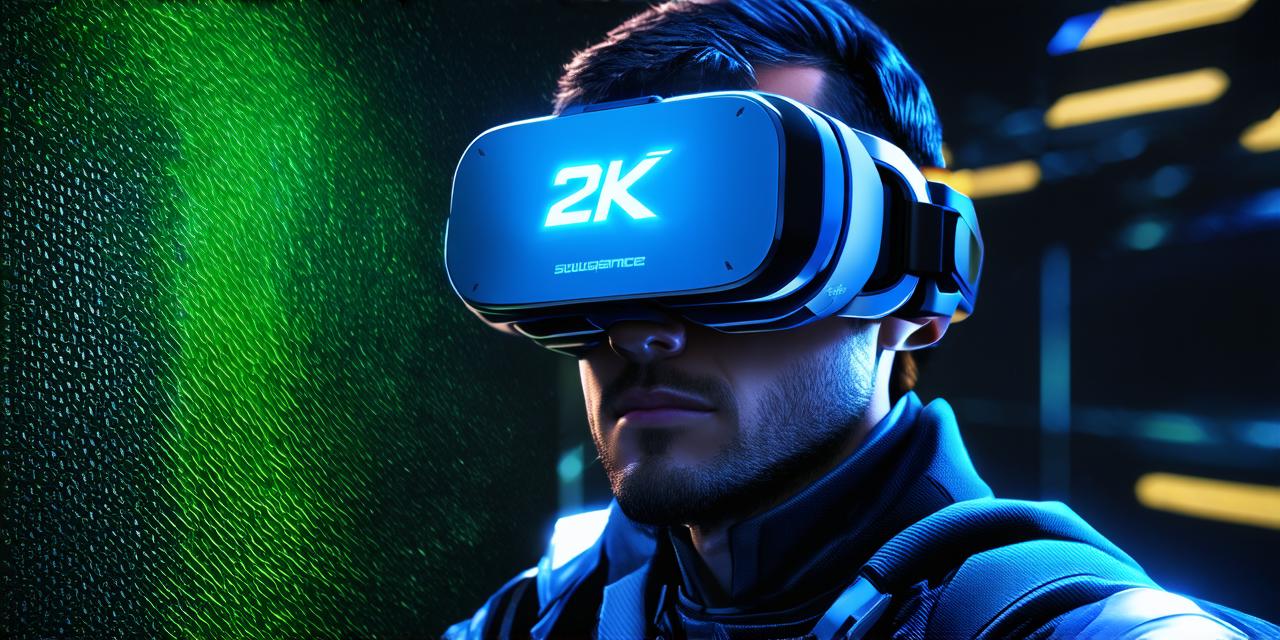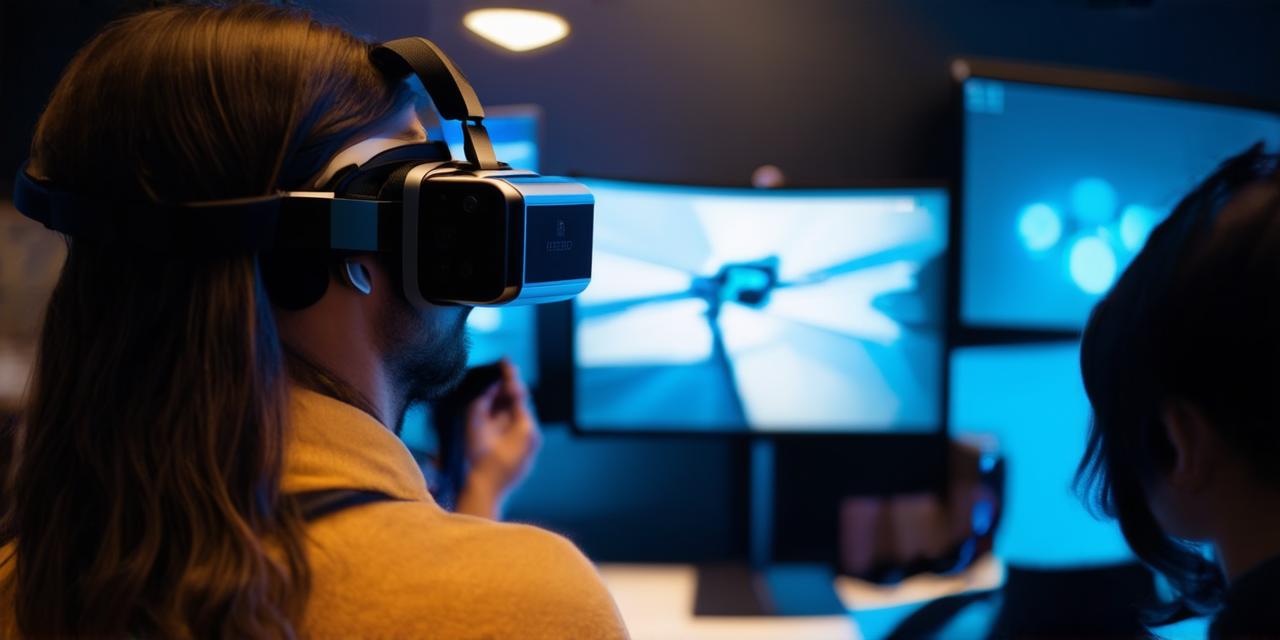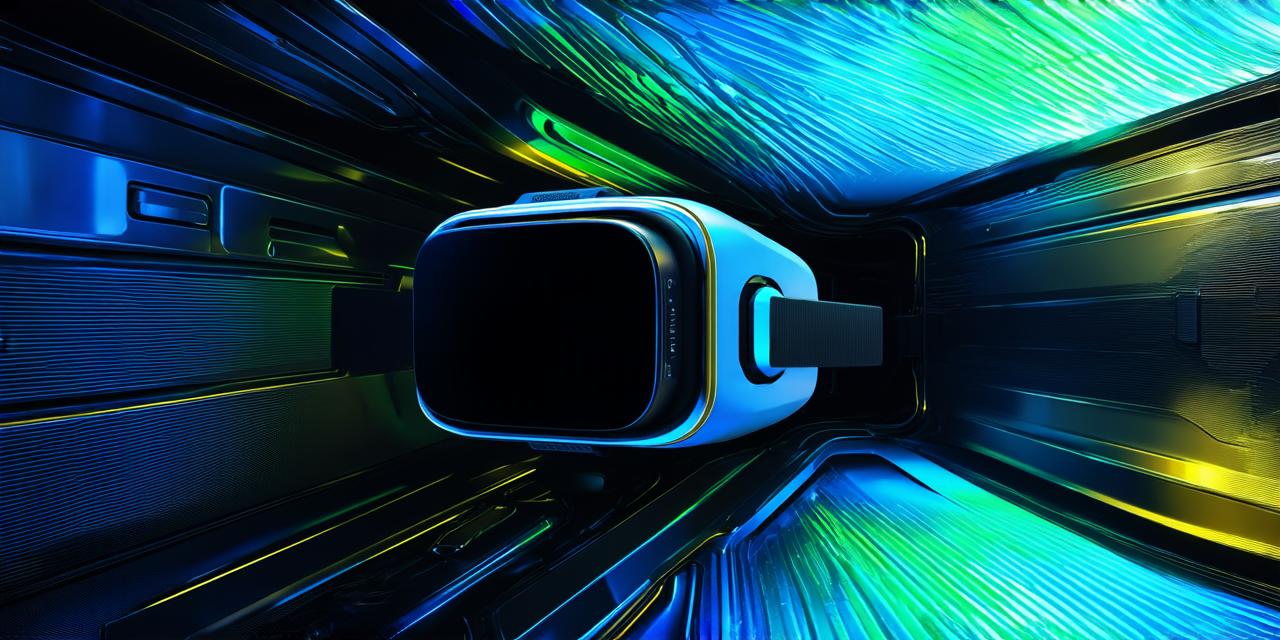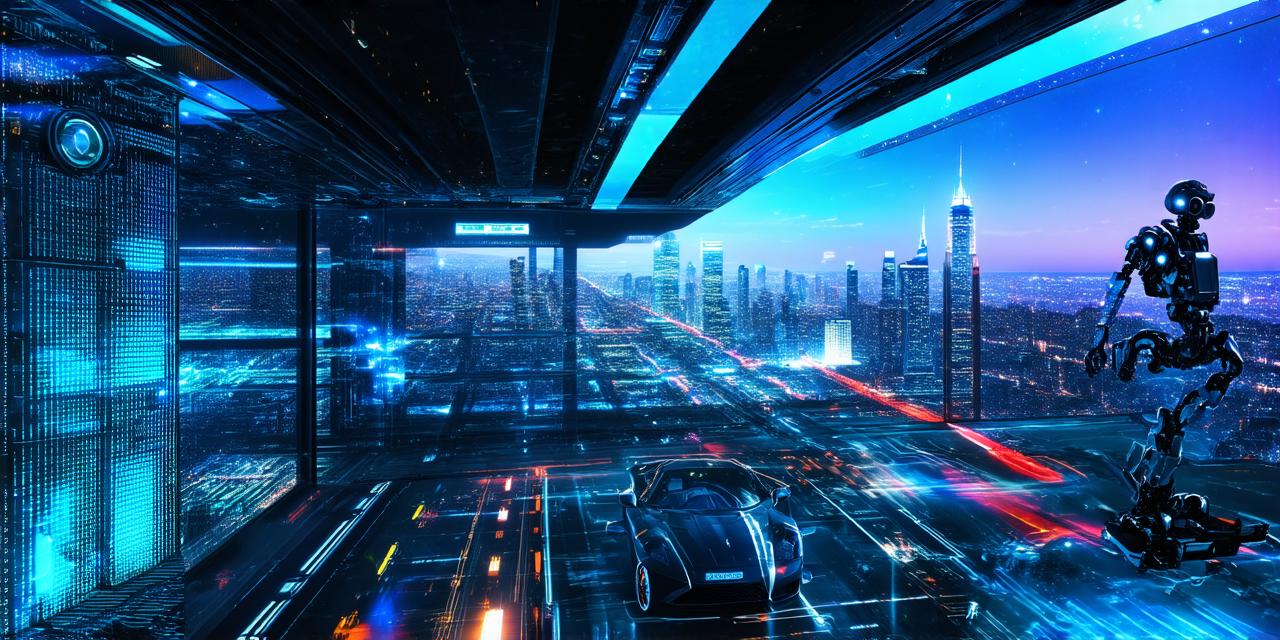In the rapidly evolving world of technology, Virtual Augmented Reality (VAR) stands as a significant breakthrough in human-computer interaction. This article aims to provide a comprehensive understanding of what VAR is and its implications.
What is Virtual Augmented Reality (VAR)?
Virtual Augmented Reality (VAR) is an innovative technology that combines elements of both virtual reality (VR) and augmented reality (AR). While VR creates a completely immersive, computer-generated environment, AR overlays digital information onto the real world. VAR takes this fusion a step further by allowing users to interact with both real and virtual environments simultaneously.
How does VAR work?
VAR systems use advanced sensors, cameras, and processing units to track the user’s movements in the physical environment. Simultaneously, they generate and project digital content that interacts with the real world based on this tracking data. This creates a seamless blend of reality and virtuality, offering users an unprecedented level of immersion and interaction.
Components of VAR systems
-
Head-Mounted Display (HMD): The HMD is worn by the user and provides the visual output of the VAR system. It includes sensors for tracking head movements and sometimes hand movements as well.
-
Sensors: These are used to track the user’s position and movements in the physical environment. They can include cameras, gyroscopes, accelerometers, and depth sensors.
-
Processing Unit: This component processes the data from the sensors and generates the appropriate digital content for overlay onto the real world.
-
Input Devices: These allow users to interact with both the real and virtual environments. They can include hand controllers, gloves, or even voice commands.
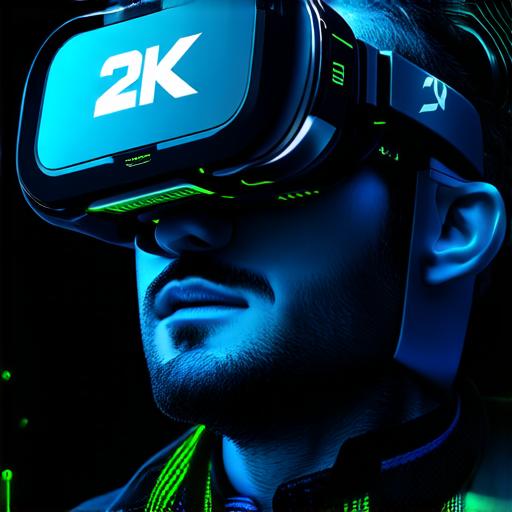
Applications of VAR
-
Education: VAR can be used to create immersive learning experiences, making complex concepts easier to understand and remember.
-
Entertainment: VAR offers new possibilities for gaming and movie experiences, allowing users to interact with digital characters and environments in ways never before possible.
-
Design and Engineering: VAR can help designers and engineers visualize and manipulate 3D models more effectively, speeding up the design process and reducing errors.
-
Healthcare: VAR can be used for training medical professionals, simulating surgeries or patient care scenarios in a safe and controlled environment.
Summary
Virtual Augmented Reality is a groundbreaking technology that promises to revolutionize various industries by blurring the lines between the real and virtual worlds. As research and development continue, we can expect to see more innovative applications of VAR in the near future.
